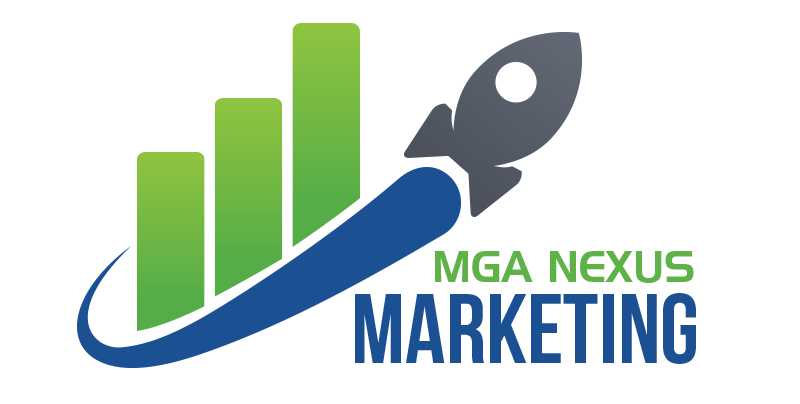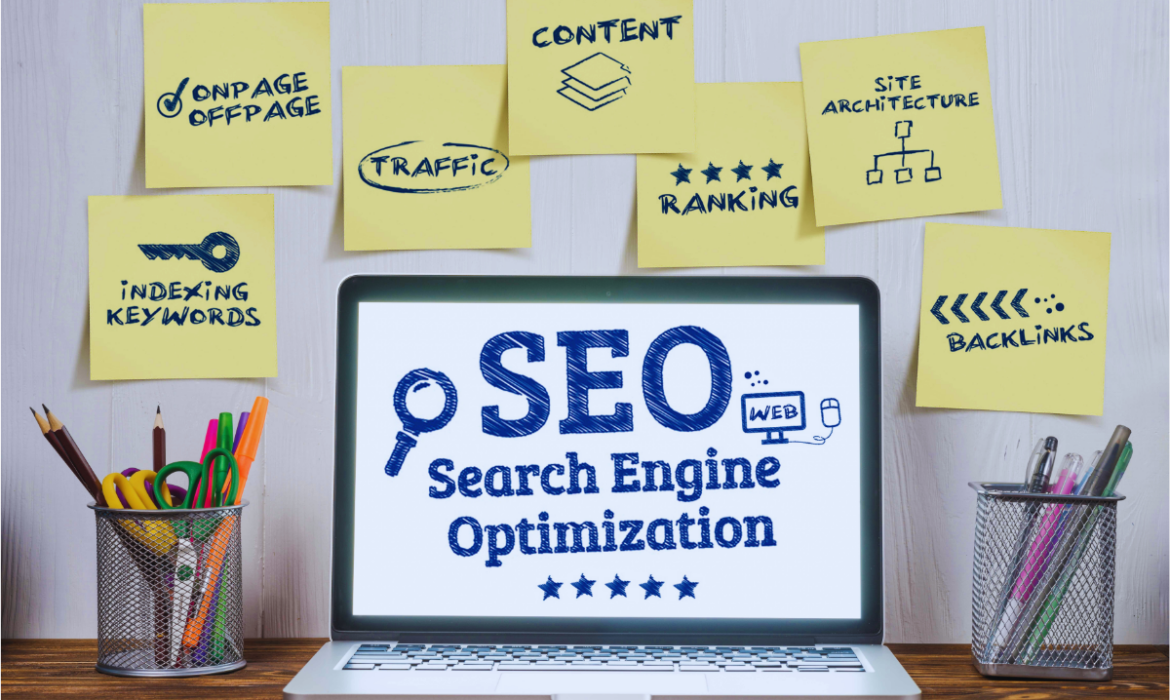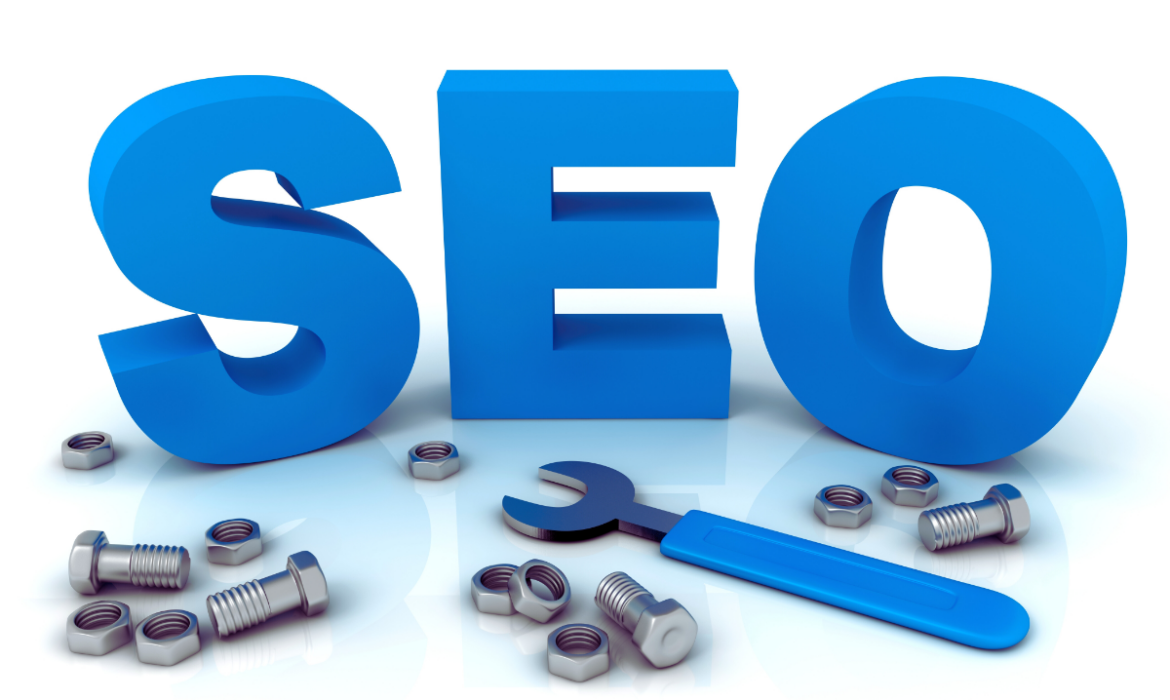The impact of UX/UI design on customer conversion
The impact of UX/UI design on customer conversion
UX/UI design is one of the most influential factors in a website’s conversion rate. UX/UI , which stands for “user experience” and “user interface,” has the power to transform the way visitors interact with your page. An intuitive, engaging, and user-friendly design can make users feel comfortable and motivated to take an action, such as signing up for a newsletter or purchasing a product.
Good UX/UI design is not just about aesthetics, but about creating a fluid experience that guides the user naturally throughout the site. Navigation should be simple, quick, and clear, which reduces frustration and improves user retention. Every interaction with the interface should be easy to understand, and buttons or links should be strategically placed to facilitate the desired actions.
Additionally, user experience is key to reducing bounce rates. Visitors who quickly find what they are looking for are more likely to stay on the site and explore further. An efficient design also ensures that the site is accessible from mobile devices, which is crucial in a world where most users browse via their phones.
One of the ways UX/UI design improves conversion is by optimizing calls to action. Buttons should be visible and stand out from the rest of the content, without being intrusive. Additionally, the design should be consistent with the brand, creating a visual identity that inspires trust and credibility.
Finally, performance optimization is another important facet of UX/UI design. A website that loads quickly and has low response times contributes to a better user experience, which, in turn, increases conversions. The combination of these elements creates a more efficient and satisfying online environment for the user.
Strategies to optimize your website on Google
Strategies to optimize your website on Google
Optimizing your website for Google is essential to improve its visibility and attract more traffic. Website optimization strategies focus not only on improving the design, but on ensuring that your content is relevant and accessible to search engines. One of the keys to good optimization is to ensure that your website loads quickly. Loading speed is one of the most important ranking factors on Google.
Another essential strategy is the proper use of keywords. It is essential to conduct thorough keyword research to understand what your target audience is searching for. These keywords should be integrated naturally into your content, titles, and meta descriptions. Additionally, the content should be valuable and relevant to your users, as Google values user experience above all else.
Your website’s design also plays a role in optimization. Having a website that is easy to navigate and mobile-friendly is crucial. Google favors responsive websites since most users browse from their mobile phones. This means that your website should offer a smooth experience no matter what device it is accessed from.
Web optimization strategies also include improving the URL structure, creating internal links that guide users through your content in a logical manner. In addition, it is essential to have quality external links pointing to your site, which improves the authority of your page and, consequently, its ranking on Google.
Finally, you should constantly track your performance through tools like Google Analytics and Google Search Console. These tools allow you to identify which areas of your site need improvement, as well as which pages are driving the most traffic, allowing you to adjust your strategy accordingly.
In short, optimizing your website on Google involves a combination of technical factors, design, and relevant content. With a comprehensive approach and constant monitoring, you can significantly improve your positioning and attract more visitors to your site.
The importance of a blog in your digital marketing strategy
The importance of a blog in your digital marketing strategy
A blog is a fundamental tool within any digital marketing strategy. By having a well-managed blog, companies can connect more directly with their audience, creating relevant content that solves their problems and responds to their needs. A well-structured blog not only attracts traffic, but also improves the brand’s visibility in search engines, which translates into greater reach.
Blog content should be valuable, informative, and SEO-optimized. Every published article is an opportunity to rank higher on Google, which improves ranking and website authority. Additionally, a blog helps build trust with users by offering useful and up-to-date information, which can help convert visitors into potential customers. By sharing content regularly, you establish a closer relationship with your readers, fostering brand loyalty.
A blog also plays an important role in the lead generation process. By including forms, calls to action, and internal links, you make it easier for users to subscribe to newsletters, download exclusive content, or make inquiries. This helps to build a database of valuable contacts that can become future clients.
In the long run, a well-maintained blog contributes to the sustained growth of your brand. Each post remains available to users and search engines, meaning your content can continue to attract traffic for months or even years. This ability to generate organic traffic is one of the main advantages of having a blog as part of your digital marketing strategy.
In short, having a blog is essential to improve SEO, generate traffic, capture leads and strengthen customer relationships. Consistency in creating quality content is the key to taking full advantage of the potential that a blog has for your business.
Digital marketing strategies: how to generate traffic and leads
Digital marketing strategies: how to generate traffic and leads
Content marketing has become one of the most effective strategies for attracting traffic and generating leads. By creating valuable and relevant content, businesses can capture the attention of their target audience and foster a long-lasting relationship with them. Through blogs, videos, infographics, and social media posts, content marketing can position your brand as a reference in its sector, increasing online visibility and conversion opportunities.
The key to content marketing is creating pieces that solve problems and provide value to users. Content must be aligned with your audience’s needs and questions to be effective. Additionally, it is essential to optimize each piece to improve its performance, ensuring that it can be easily found through search engines. Content marketing is not just about creating content en masse, but about offering high-quality content that converts visitors into leads.
By combining content marketing with digital advertising strategies like Google Ads or Facebook Ads, you can drive highly targeted traffic to your website. However, content remains the primary factor in engaging your audience as it provides the value they are looking for. Creating articles, videos, and guides that answer common questions or address topics relevant to your target audience can attract quality visitors who are interested in what you offer.
A key part of any content marketing strategy is having clear calls to action, such as contact forms, exclusive content downloads, or newsletter signups. These calls to action are critical to transforming web traffic into leads, as they allow visitors to become valuable contacts for future interactions. It’s important to have a follow-up strategy, such as email marketing, to keep leads engaged.
Content marketing also offers the advantage of being scalable. As you create more quality content, you can attract more visitors and leads. Plus, content can continue to generate results over a long period of time, as it continues to be accessible online and can continue to rank in search engines. This makes content marketing one of the most profitable tactics in the long run.
In conclusion, content marketing is a powerful strategy to generate traffic and leads, but only if it is executed correctly. Creating relevant and valuable content, optimizing it for search, and encouraging interaction with your audience are essential steps to achieve results. Remember that the success of this strategy depends on the quality of the content and how you connect with your audience.
Common SEO mistakes you should avoid
Common SEO mistakes you should avoid
SEO (Search Engine Optimization) is a fundamental tool for improving your website’s visibility, but there are several mistakes that can negatively impact your efforts. One of the most common mistakes is not doing proper keyword research. Without thorough keyword research, your content will not align with what your users are searching for, affecting your page’s ability to appear in search results.
Another common mistake is the lack of image optimization. Large images not only slow down your page loading time, but they also affect the user experience. In addition, duplicate content is a big enemy of SEO. Google penalizes pages that contain duplicate content, as this reduces the relevance and quality of the site in search results. Always make sure that you offer unique and valuable content.
It’s also important to mention that many websites forget about mobile SEO. Nowadays, most searches are done from mobile devices, so if your website isn’t optimized for these devices, you’re missing out on a huge opportunity to improve your rankings. Another aspect that many overlook is the importance of internal and external links. Broken links can affect your website’s SEO , and low-quality external links can damage your online reputation.
One of the biggest SEO mistakes is ignoring the loading speed of your site. The faster your page loads, the better your ranking will be. Speed directly influences conversion rate and user experience. Search engines, especially Google, value the speed and accessibility of a website, so you should always perform performance tests and fix any aspects that negatively affect it.
SEO isn’t something that can be achieved overnight. It takes time, effort, and, above all, strategy. If you avoid these common mistakes, you’ll significantly improve your page’s performance in search engines. Remember, the key is to offer quality content, be consistent with your keywords, optimize your images, and make your site accessible and fast .
Don’t stop making continuous adjustments to your SEO strategy. As you go, be sure to analyze the results of your efforts, fix what isn’t working, and maintain best practices to ensure your website is always optimized.
How to optimize images to improve web performance
How to optimize images to improve web performance
Optimizing images is an essential step to improve your website’s performance. Large images can slow down page load times, which impacts user experience and search engine rankings. By compressing images and choosing the right format, such as JPEG or WebP, you can reduce file size without sacrificing quality. Additionally, resizing images to specific page dimensions is one way to optimize loading time.
Using lazy loading is another strategy that helps load images only when the user sees them on the screen. This improves the initial loading speed and ensures a faster and smoother browsing experience. Additionally, it is essential to add alternative text to images, which not only helps accessibility but can also improve your page’s SEO by allowing search engines to better understand the visual content.
Image optimization not only improves website performance, but it also has a direct impact on SEO, as search engines like Google favor fast sites. A website that loads quickly is more likely to keep users engaged and improve conversion rates. With the right strategy, you can achieve a more efficient and attractive page .
Technical SEO: What it is and why it is crucial for your website
Technical SEO: What it is and why it is crucial for your website
Technical SEO is a fundamental aspect of SEO that focuses on optimizing a site’s infrastructure to improve its visibility and performance in search engines. While quality content and keywords are essential for attracting traffic, a poorly optimized technical site may not be indexed properly by Google and other search engines, which can negatively affect your ranking.
One of the most important components of technical SEO is website loading speed. Users and search engines prefer sites that load quickly. If a site takes too long to load, visitors are likely to leave before it fully loads, increasing the bounce rate. This is a negative signal to search engines, which may penalize the site. Optimizing for speed includes compressing images, minimizing scripts, and taking advantage of browser caching.
Proper indexing of pages is another key aspect of technical SEO. Google needs to be able to access the pages on your site in order to index them and display them in search results. This involves making sure that robots.txt files are set up correctly and that there are no unnecessary restrictions blocking search engines from accessing certain parts of your site. Additionally, a proper XML sitemap makes it easier for search engines to find and index all the relevant content on your page.
URL structure also plays a key role in technical SEO. Clean, short, and descriptive URLs are not only easier for users to remember, but they also help search engines better understand what each page is about. For example, a URL that includes keywords related to the page’s content is more likely to be indexed correctly than a long, complicated URL.
Responsive design is another key aspect. With the rise in mobile browsing, Google has placed a premium on websites that adapt well to different screen sizes. A responsive design ensures that your website looks good and works well on any device, improving user experience and supporting technical SEO. Sites that are not optimized for mobile may experience a penalty in their search rankings.
Web security is another factor that influences technical SEO. Sites that do not use HTTPS and lack a proper security layer can be considered untrustworthy by both users and search engines. Google has confirmed that it uses the HTTPS protocol as a ranking factor, meaning that websites with secure connections have a better chance of ranking higher in search results.
Technical SEO also involves removing duplicate content, as pages with identical or very similar content can be penalized. It is important to use canonical tags to indicate which is the preferred version of a page if there are multiple pages with similar content.
In short, technical SEO is crucial to ensure that your website is optimized not only for users, but also for search engines. By addressing aspects such as loading speed, indexing, URLs, responsive design, security, and duplicate content, you can significantly improve your site’s search engine performance and increase its visibility. Without a solid technical foundation, high-quality content and digital marketing strategies will not be able to perform to their full potential.
The role of web analytics in decision making
The role of web analytics in decision making
Web analytics is a key tool in the strategic decision-making process. It allows you to obtain accurate data on user behavior on a website, helping to identify which areas need improvement and which are performing well. Through these metrics, such as traffic, conversion rate, and visit duration, companies can make informed decisions that optimize user experience and increase the effectiveness of marketing campaigns.
Additionally, web analytics helps personalize content based on user preferences, contributing to increased customer retention and satisfaction. This data not only helps measure current performance, but also helps predict trends and make adjustments in real time, enabling quick and accurate decision-making.
Proper use of these tools makes it easier to identify problems before they become significant obstacles, optimizing resources and maximizing results. In short, web analytics not only measures the success of a website, but provides the basis for continuous improvement and long-term growth of a company.
How to structure your website content to improve SEO
How to structure your website content to improve SEO
Proper content structure is critical to improving SEO and ensuring your page is easily indexed by search engines. Google and other search engines analyze how your content is organized to determine its relevance and authority. A proper heading hierarchy, from H1 to H3, is key to making your content understandable by both users and search engines.
Using keywords is essential in this structure. Make sure to include them in the title, subheadings, and within the body of the content in a natural way. It’s not just a matter of quantity, but of quality. Keywords must be relevant and contextualized for your website to be considered a reliable source by search engines.
Mobile optimization also plays an important role. With the increasing number of users browsing from mobile devices, Google prioritizes websites that offer a smooth experience on smartphones. Ensuring that your content adapts well to different devices is essential not only to improve SEO, but also to ensure that users stay on your page longer.
Additionally, internal links are a powerful tool for improving both site navigation and SEO. By linking relevant content within your page, you help search engines crawl your site better, and users find it easier to find related information. The better structured your internal link network is, the easier it is for Google to understand the relevance and context of your content.
In short, structuring your website content correctly has a significant impact on SEO. From keyword usage to mobile optimization and internal linking, each element plays an important role in improving your page’s visibility in search results.
Advanced SEO techniques to increase online visibility
Advanced SEO techniques to increase online visibility
Advanced SEO allows you to improve online visibility through more specialized strategies. Technical optimization, such as the use of structured data, improves the way search engines interpret content. In addition, applying a link building strategy with high authority links helps strengthen the relevance of the site.
Keyword analysis using artificial intelligence and the use of semantically optimized content allow you to capture specific audiences. Improving loading speed, user experience and accessibility is also key to achieving better positioning.
Advanced techniques include predictive SEO, which anticipates trends, and personalizing content based on user intent. Adapting to Google algorithm updates and implementing evergreen content strategies ensure more stable positioning.
Implementing these strategies improves online visibility and strengthens the digital authority of any business.













